National Trust should be radical, says Hilary McGrady
- Published
- comments
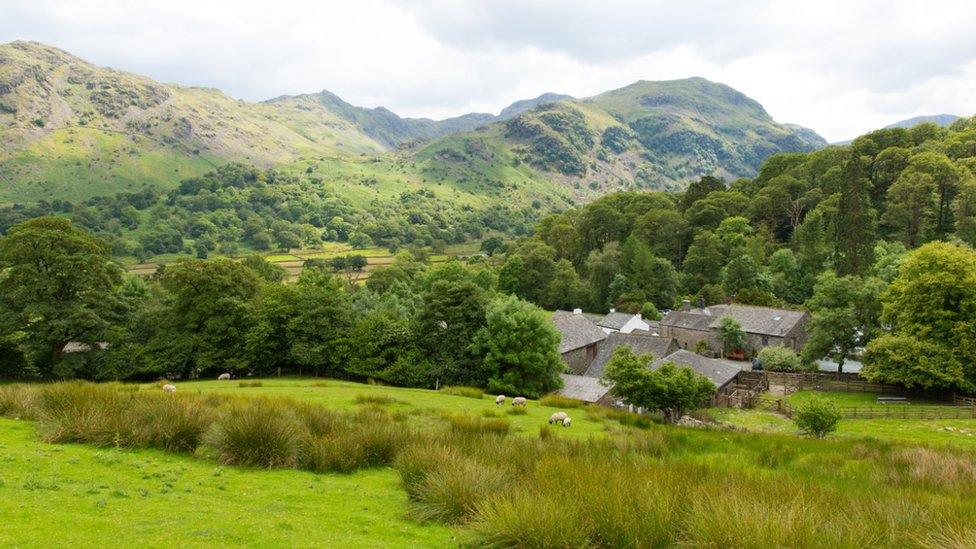
The National Trust owns land in picturesque Borrowdale in the Lake District
The National Trust needs to be more radical, the charity's new director-general has told the BBC.
Hilary McGrady said the organisation needed to reach out to people living in towns and cities.
In her first interview since getting the job, she said: "The people that need beauty the most, are the ones that have least access to it."
Mrs McGrady is now at the helm of the largest charity in the UK, with a membership of more than five million.
On the stony footpath up towards Scafell Pike, the highest mountain in England, she talks of her childhood growing up during the Troubles in Northern Ireland and being unable to enjoy the surrounding landscape because it was private land.
She is now in charge of Britain's largest private landowner. The National Trust owns land equivalent in size to Dorset, or twice the size of Greater Manchester.
It also looks after 300 historic houses and almost 800 miles of coastline. The National Trust for Scotland is a separate entity.
Urban reach
Mrs McGrady explained: "I want to reach more people, and more people live in urban areas. The days of walking in to one of our beautiful houses and saying a family lived here, that's not going to do it.
"We need to think about what's relevant - why would someone in the middle of Birmingham say that's interesting? What is it in Birmingham that they would get more value from?"
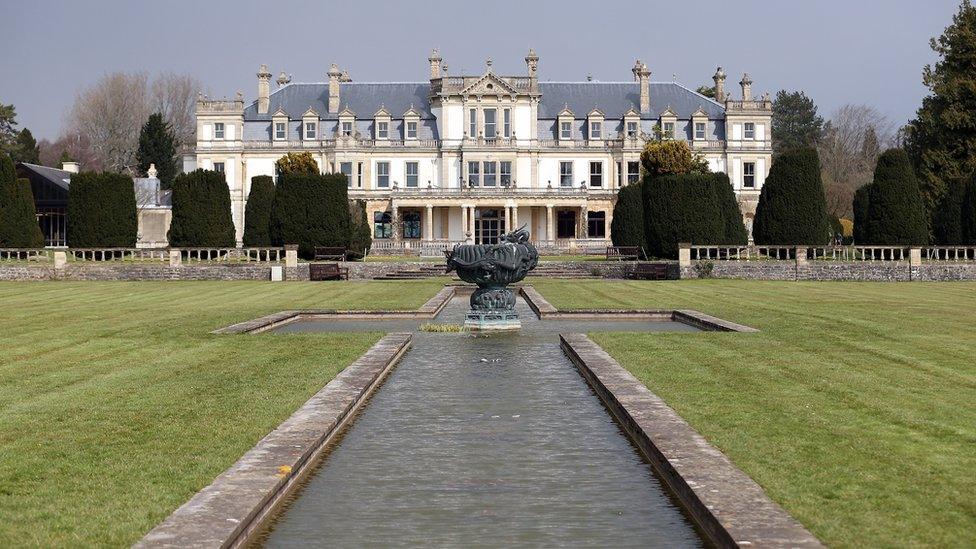
Dyffryn House in the Vale of Glamorgan is one of 300 historic houses looked after by the National Trust
She sees a future where the trust broadens its approach to conservation by working with other organisations in urban areas, such as local authorities and community groups.
It is working with Newcastle City Council to improve how it runs its parks, and also with Birmingham City Council, exploring how to secure the future of that city's Moseley Road Baths.
"It's got to be radical. But rather than change it I want to add to it," Mrs McGrady said. However, for her, this change shouldn't mean alienating current members.
"Our core supporters are what make this possible, and I'm not going to lose them," she said.
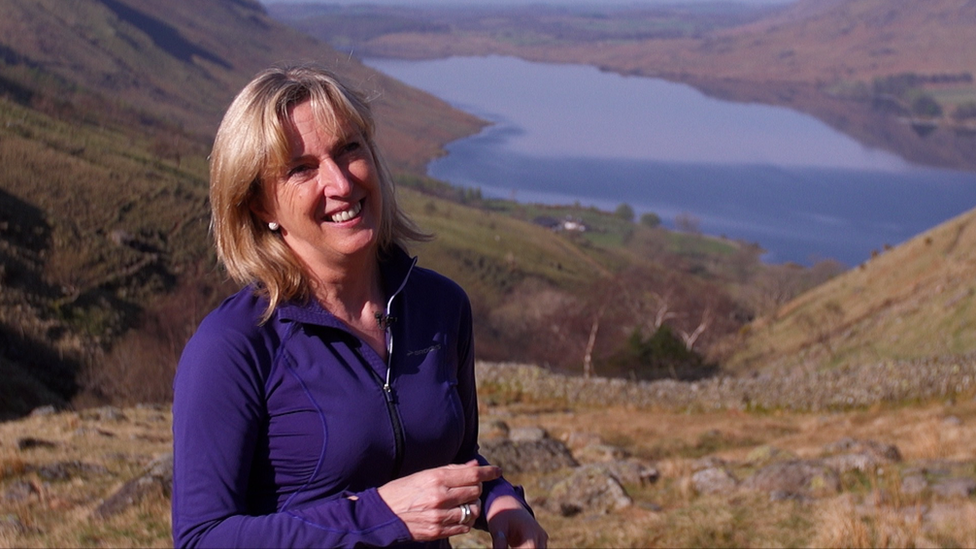
Hilary McGrady says she wants to reach more people
The charity certainly has deep pockets. Last year it generated almost £600m in income from membership, property and legacies. That's in addition to assets of about £1.3bn.
It also has an army of volunteers - more than 65,000 people regularly give up their time to help. Last year about £140m was spent on maintaining its land and properties.
Mrs McGrady has worked for the trust for 12 years, and jokes that she is the only DG not to have gone to Oxbridge. It's thought she will have a different style to her predecessor, Dame Helen Ghosh, who left to become Master of Balliol College, Oxford.
Learning lessons
A yearly membership costs £69 for adults, £34.50 for young adults aged 18-25, and £10 for children.
A record 24.5 million visited the National Trust's paid-for-entry properties last year, but despite its popularity, it has also faced criticism.
Last year, the prime minister said it was "absolutely ridiculous" that the National Trust dropped the word "Easter" from its annual Easter egg hunt - although the charity denied it had downplayed the significance of Easter.
It was also accused of being like a "mafia" by former Education Secretary Lord Patten, after it bought farmland in the Lake District for well over the market price, a move that split it off from its ancient farmhouse.
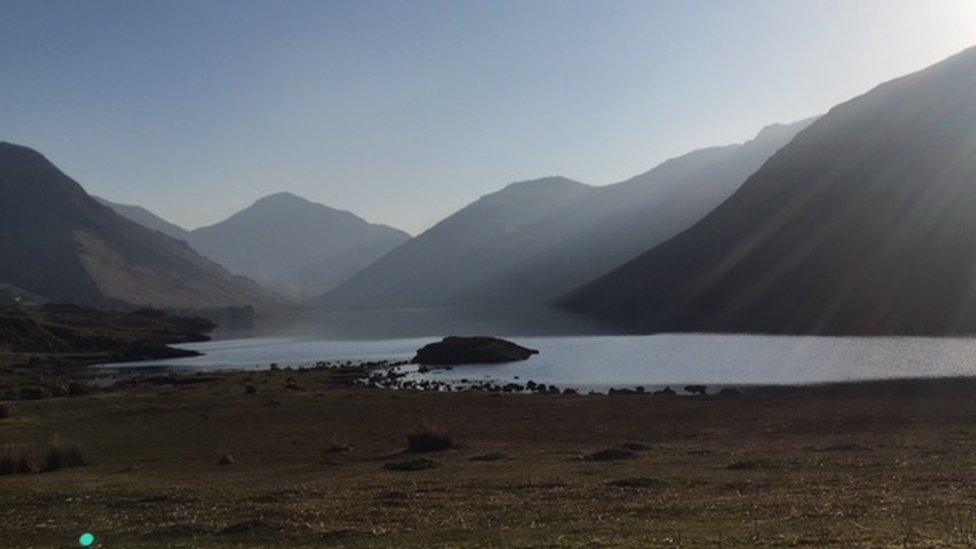
The National Trust owns one fifth of the Lake District National Park, which is now a World Heritage site
Mrs McGrady acknowledged that the trust had made mistakes but said it had also learned lessons. "The reality is, with five million members and 200 million people coming to our properties, somebody somewhere is likely to be annoyed with us. I quite like that, I like the debate, if people are not passionate about the trust then it's a sad day," she said.
However, ecologist Alexander Lees, a lecturer at Manchester Metropolitan University, views the imposing peaks and valleys of the Lake District as "desolate, and devoid of bird life".
He said: "I think it is an environmental crime. We need to look at it as a wounded landscape. It has been changed over millennia by lots of different forces, and we are not letting it bounce back to the exciting wildlife-filled area it could be."
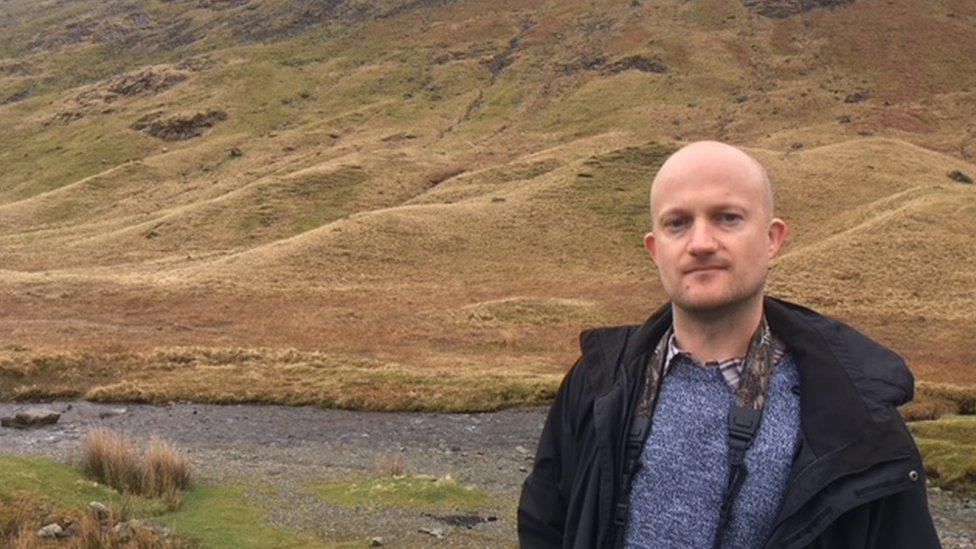
Alexander Lees, a university lecturer, has also worked in the Brazilian and Peruvian Amazon
Dr Lees has worked for years in the Brazilian and Peruvian Amazon. "Sheep moors or grouse-shooting estates are just like eucalyptus and cattle pastures.
"They are analogous. There has been a huge amount of indoctrination over 100 years, convincing people that this is what landscape looks like," he said.
"But look at anywhere else in the world, this is a crime against nature. The National Trust has helped to rubber-stamp this vision as to how we should see the countryside."
Mrs McGrady responded: "I think everyone wants to make sure that nature can thrive and survive. But it is about that common ground, how can you do it together?
"There isn't a part of Britain that hasn't been shaped by man. That will continue, farming will continue, so how do we do that in a way that doesn't harm nature - that can mean that farming in whatever shape or form can continue?"
Follow Claire on Twitter., external